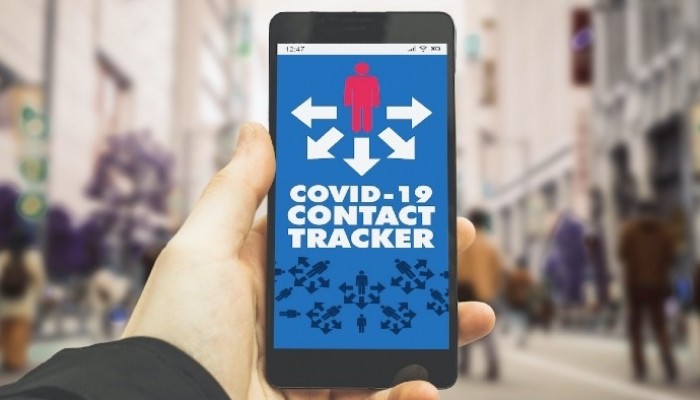
Apr
KIUPSA Launches Medical Quiz and Essay Writing Competition
April 26, 2024, 12:44 pm
 Collins Kakwezi
Collins Kakwezi

KIU, Western Campus - News came out early this month that Apple and Google had developed an App on iPhones and Android phones to enable contact tracing.
However, the two companies came out and clarified that they had not installed an App but an Application Programming Interface (API) to enable tracking or contact tracing apps to work correctly when they are installed.
Public health agencies will incorporate the API into their own apps that people install on their phones and this new technology is designed to make these apps work better.
For example, if you have an Android phone, you go to settings and then search for Google settings, where you will find the API. If you are using an iPhone, you go to settings, privacy and then health, where you can find it.
When you click on the exposure notifications entry, it tells you that you must either install or finish setting up the participating app before the notifications can be turned on.
So, how does exposure notification work in this Apple and Google decentralized model?
For starters, random IDs are exchanged using Bluetooth between your phone and the phones of others who have opted in to use the API around you.
When a person diagnosed with COVID-19 chooses to report themselves to the public health app, all people who are using this technology and came into contact with this person are notified that a person they came into contact with has contracted COVID-19.
In this way, all the previous contacts can then easily report themselves or offer themselves for testing to ascertain whether they contracted the virus from this person or not.
A joint statement from Apple and Google reads, “One new element of contact tracing is Exposure Notifications: using privacy-preserving digital technology to tell someone they may have been exposed to the virus. Exposure Notification has the specific goal of rapid notification, which is especially important to slowing the spread of the disease with a virus that can be spread asymptomatically.”
However, the biggest downside of this technology is that it is voluntary. If a person is diagnosed with COVID-19, it is up to them whether or not to report that in the public health app. User adoption is key to the success of this technology.
Additional information from Forbes
Picture credit: Pharmacy News
Kampala International University,
Box 20000, Ggaba Road, Kansanga, Kampala